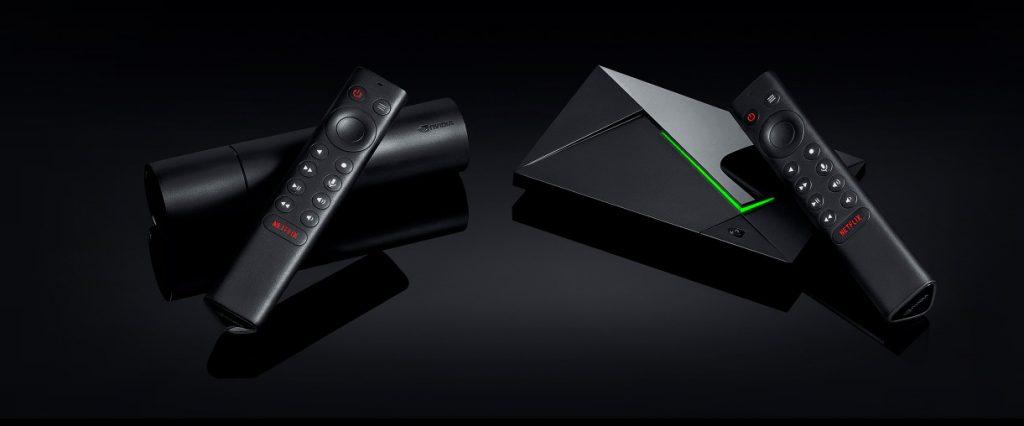
After more than 40 years of operation, DTVE is closing its doors and our website will no longer be updated daily. Thank you for all of your support.
Nvidia brings new Shield TV devices to Australia, talks up Apple deal
 Graphics card maker Nvidia has launched the latest iterations of its Shield TV streaming device in Australia.
Graphics card maker Nvidia has launched the latest iterations of its Shield TV streaming device in Australia.
Initially unveiled in late 2019, both the Shield TV and Shield TV Pro have been available internationally for some time but are just now launching down under.
Built on Android TV, both units offer Dolby Atmos and Dolby Vision, along with AI-Upscaling which Nvidia says is much more convincing and compelling than typical upscaling offered by other devices. Internally both have a new Tegra X1+ chip and come with a redesigned remote that promises six months of battery life.
The differences lie in the price tag AUS$249.95 vs AUS$349.95 and a bulkier design. As the title suggests, the Pro is technically superior with more RAM (3GB vs 2GB) and more internal storage (16GB vs 8GB). The Pro also has the ability to work as a Plex media server and offers access to a number of games from Lightspeed Studios (Nvidia’s in-house studio for remastering games).
Regardless of the standard vs Pro, what sets Nvidia Shield TV apart is its gaming capabilities. The device allows users to play via Nvidia’s GeForce Now game streaming service which, despite having ruffled the feathers of a number of publishers who have subsequently pulled support, offers a competitive edge over Google’s Stadia as users are able to play games they already own on PC rather than having to buy them again.
Outside of gaming, Nvidia Shield TV offers access to the full complement of streaming apps (Netflix, Amazon Prime Video, Disney+ et al.) with one noteworthy omission being Apple TV.
As reported by PC World, Nvidia is in talks with bringing the app to its devices internationally. A spokesperson reportedly told the local press: “we are in communication with them but we can’t give a timeline at this point.”
While Apple TV is available on some non-Apple devices – such as LG and Samsung smart TVs – the Cupertino iPhone maker has neglected to bring the platform to devices running Android.


